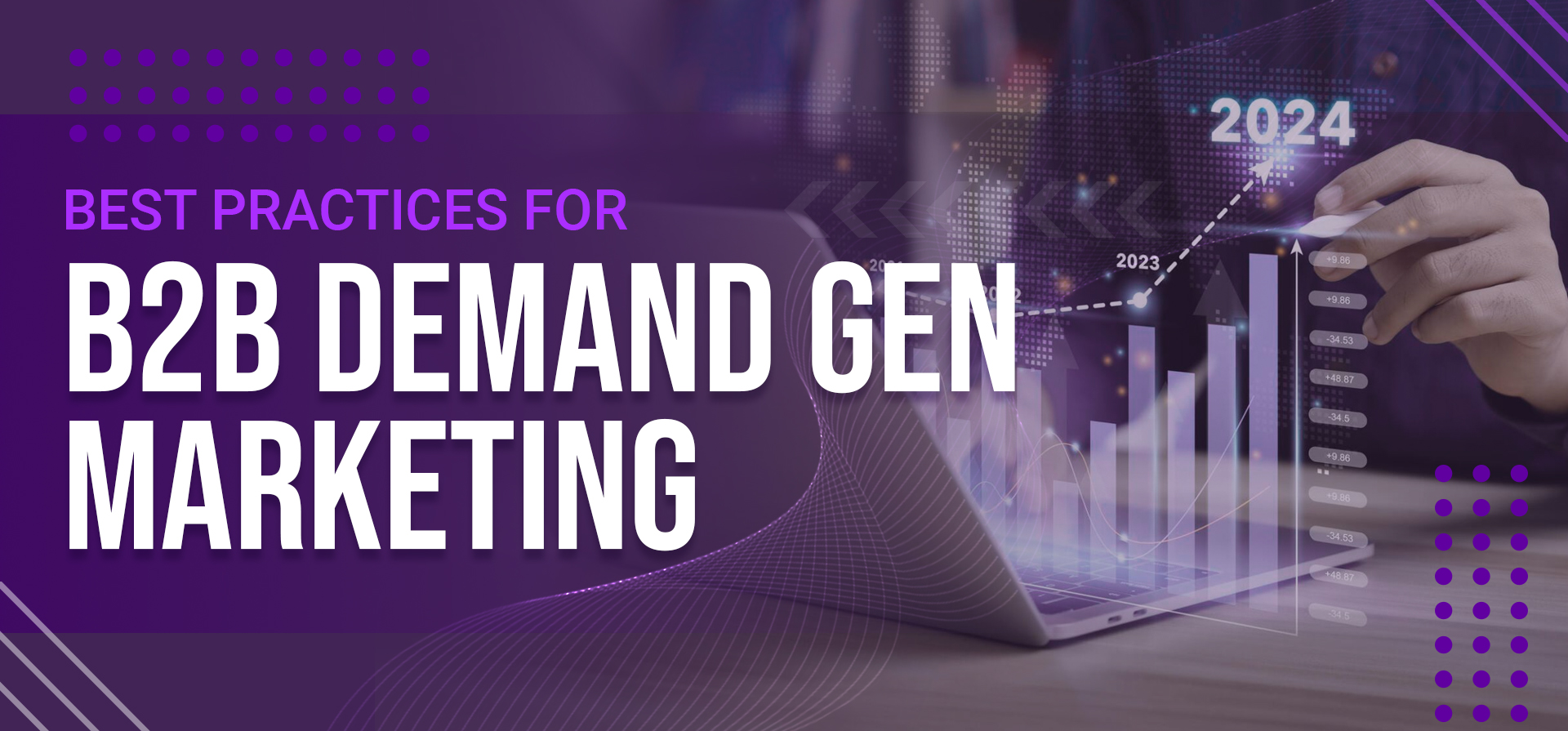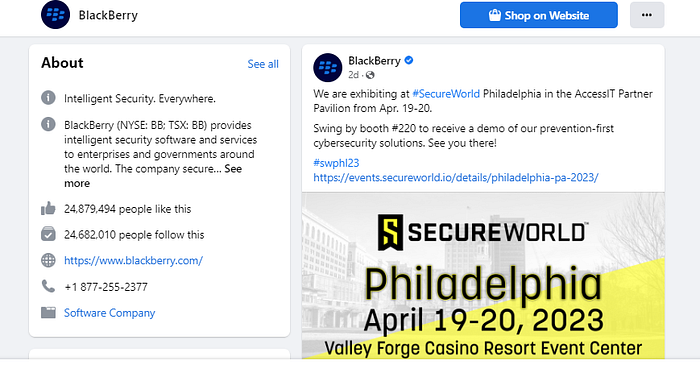Best Practices for B2B Demand Gen Marketing Across APAC

Demand generation is one of the most difficult pain points in search marketing. It involves attracting potential B2B customers and generating interest in a product, service, or solution that they may not even know they need yet.
In demand generation, you must deeply understand your target audience and their various channels to consume information. Otherwise, your demand generation marketing will fail. For example, some potential B2B customers prefer social media channels, while others prefer email or search engines. Identifying the right channels and creating content that resonates with each audience segment can be difficult. But you must do them using the right tactics and tools to succeed.
Let me share with you the top best practices to make your B2B demand generation marketing campaign successful.
Integrate And Align Sales And Marketing Strategies
As I have mentioned in my previous marketing article, sales and marketing must be more aligned now than ever. Sales and marketing are two essential functions contributing to demand-generation efforts’ success. Therefore, integrating sales and marketing strategies is crucial for effective demand generation. This ensures that your sales and marketing teams are working towards the same goal with complementary efforts.
Sales and marketing have different goals, but they are interdependent. When sales and marketing strategies are integrated, their goals become aligned, and they can work together towards a common objective of generating demand.
If you integrate your sales and marketing strategies, like your B2B content strategy, your two teams can share information, collaborate on campaigns, and coordinate their efforts to maximize results. Your brand messaging remains consistent across all touchpoints. This consistency provides a more seamless and personalized customer experience, building trust and loyalty and increasing customer lifetime value.
Understand Customers With Buyer Personas
A B2B buyer persona is a semi-fictional representation of your ideal customer who’s likely to buy a product or service from your B2B organization. It’s a detailed profile of your target audience based on in-depth research and data analysis, including their demographics, job title, company size, industry, pain points, goals, motivations, and buying behavior.
If you create B2B buyer personas for your enterprise, you can understand your customers better and tailor your marketing, sales, and customer service strategies to meet their emerging needs and expectations. By identifying your buyer personas’ specific challenges and goals, your B2B company can develop more targeted and effective campaigns that resonate with your audience and drive more sales.
I highly recommend creating multiple buyer personas for customers at each stage of the funnel to address the unique needs and pain points of different segments of target audiences. I would like to point out that the B2B sales funnel represents the different stages of your customer journey, from awareness to consideration to decision-making. Each stage requires different messaging, content, and approaches, such as cold calling, to engage and convert customers.
At the top of the funnel, businesses may target buyer personas in the awareness stage and look for general information about a product or service. In the middle of the funnel, businesses target buyer personas in the consideration stage and actively evaluate different solutions, wherein PR can be effective. At the bottom of the funnel, businesses target buyer personas in the decision-making stage and are ready to purchase.
Be Active On Social Media
Social media is a great platform to interact with C-level executives in multi-point B2B marketing campaigns. In a B2B campaign, the goal is to build a relationship with the prospect, educate them about the product or service, and establish trust before making a sale. This process often involves multiple touchpoints with the prospect over time, including social media engagement.
The sales process in B2B campaigns involves multiple decision-makers, such as managers, executives, and procurement specialists. Each decision-maker may have different priorities and concerns, and it takes time to address each of their needs and build consensus around the decision to purchase. With social media and other marketing touchpoints, you can boost B2B brand awareness, reach more prospects, and maintain a good online presence until they’re ready to commit.
Check out how BlackBerry, an intelligent security software provider, leverages social media to boost B2B demand generation marketing in the screenshot below.

Demand generation is one of the most difficult pain points in search marketing. It involves attracting potential B2B customers.
Run Ads That Convert
Demand generation marketing must include display and banner ads because they are effective ways to reach a wider audience and increase brand awareness. Display and banner ads are visual and attention-grabbing, making them more likely to capture the attention of potential customers than other forms of advertising, such as search ads or social media posts.
Display and banner ads are particularly effective in the early stages of the customer journey when potential customers are still in the awareness stage and still need to actively search for solutions to their problems. These ads create brand recognition and interest, which helps businesses stay top-of-mind when the customer is ready to make a purchase.
Display ads are visual and attention-grabbing, making them an effective way to reach a wider audience. These ads can be targeted to specific audiences based on demographic, geographic, and behavioral data, which can help businesses reach the right people with the right message at the right time.
Here’s a sample of a banner ad for a B2B gamification campaign:

Demand generation is one of the most difficult pain points in search marketing. It involves attracting potential B2B customers.
Optimize Your SEO Performance
Optimizing your SEO performance is crucial for demand generation. You can attract high-quality leads, improve the user experience, and provide a cost-effective way to gain a competitive advantage in your industry.
This task involves identifying relevant keywords that your target audience is searching for and optimizing your website and content accordingly. In addition, you must also develop high-quality content that addresses your target audience’s needs and pain points. This includes blog posts, whitepapers, case studies, videos, and infographics.
Ensure your website is optimized for search engines by implementing on-page SEO techniques such as optimizing your title tags, meta descriptions, headers, and internal linking structure. Ensure your website is mobile-friendly, has a fast page load speed, and is secure (HTTPS). Furthermore, consider implementing gamification marketing to boost your SEO.
Build high-quality backlinks from reputable websites in your industry to improve your website’s authority and boost your search engine rankings. Analyze your website’s traffic, bounce rate, keyword rankings, and other metrics to make data-driven decisions and optimize your SEO strategy.
Conclusion
You’ve learned the top best practices for B2B demand generation marketing. Always stay active on social media, optimize your SEO, run ads that convert, and integrate your sales and marketing strategies to generate more demand for your B2B brand.
Let me help you with your B2B sales and marketing. Get to know more about B2B demand generation marketing by following me on my socials.
You can follow me on my digital channels:
Website: https://asparkofb2b.com/
Facebook (A spark of B2B): https://www.facebook.com/profile.php?id=100089042254709
Twitter (aSparkofB2B): https://twitter.com/aSparkofB2B
LinkedIn (a-spark-of-b2b): https://www.linkedin.com/company/a-spark-of-b2b
Medium: https://medium.com/@dexterwrites2022






.png)
.png)
.png)
